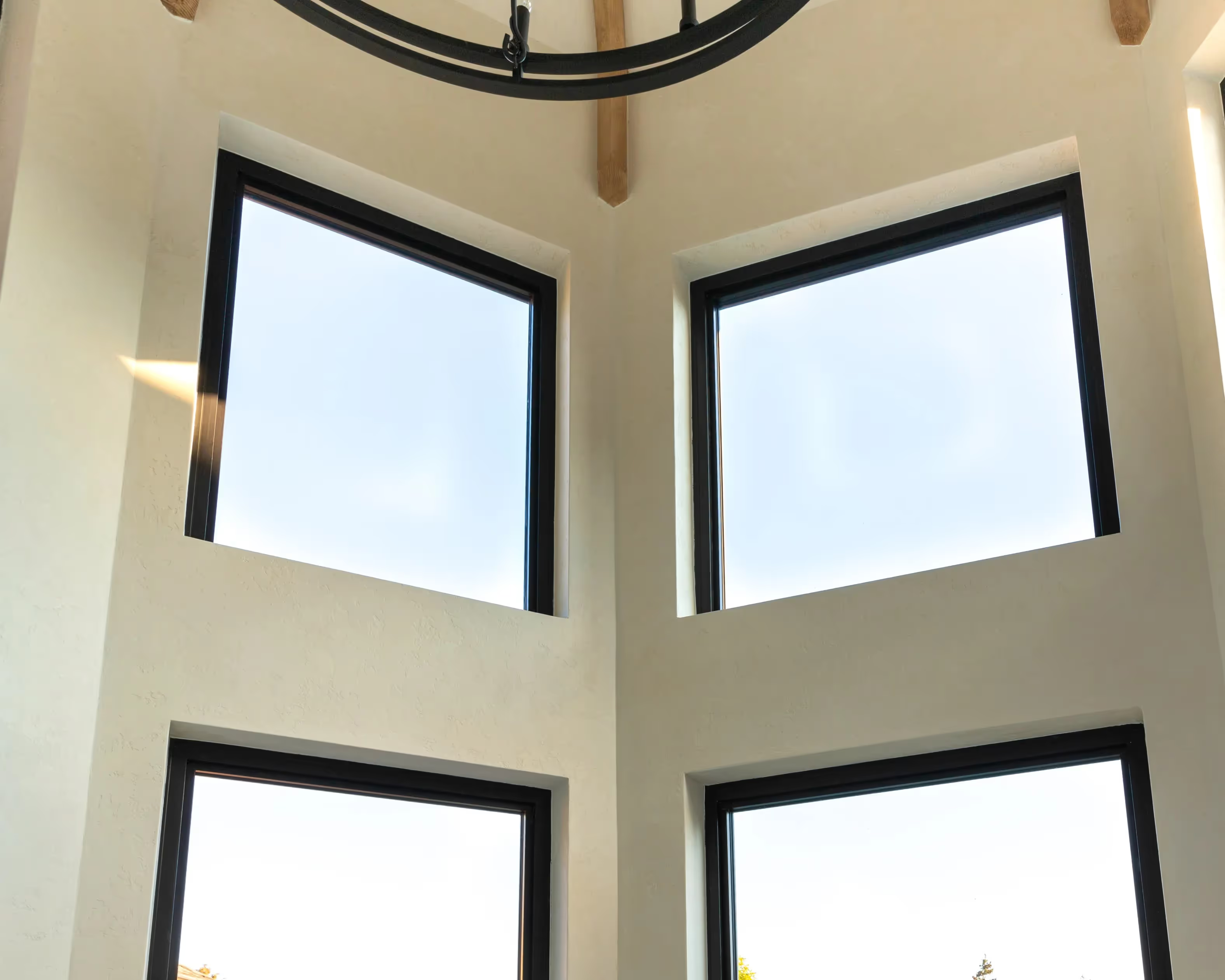Colour tinting makes a lot of sense, economically. A bit of tint helps keep your house cool, leading to lower AC bills. Additionally, it blocks UV rays, helping to preserve both the colours of your furniture and your personal health. The glare reduction of tinted windows can make sunlight easier on your eyes, preserving your vision just like a pair of sunglasses. Tint can also make your windows more private. By using different colour tints, you can also use sunlight itself as a design feature in your home.
Elements of Window Tint
- Opacity. Window tints range from very light and transparent to very dark and opaque. The amount of pigment in a window tint is called “density.” Denser tints block more light, but with less light comes less detail. Images through a dense tint will be less crisp and clear. This is useful as a privacy feature, but can give you a worse view from your window. You should decide which windows offer the best views in your home, and use a lighter tint.
- Pattern. Many patterns are available that can add to the décor in a room. Floral patterns mix well with classic, 1950s-inspired rooms. Geometric patterns can add a French look, especially when they use different colours.
- Colour. Coloured tint comes in many different options, and can add many different feelings to your home. Yellow tints warm up rooms, making them great in kitchens, living rooms, or wherever else you like to start your day. Green and blue tints, on the other hand, make a room more relaxed. These tints are great for dining rooms and bedrooms. Combined with a pattern, they give an elegant and interesting feeling that helps center you and keep you in the moment.
Applying Window Tint
- Windows can come pre-tinted. However, if you already have windows, there is no need to buy new panes just to get the tints you want. Instead, you can buy a high-quality window film. This film rolls evenly onto a window. From even a few feet away, the film is indistinguishable from professionally coloured glass, and for a much lower price.







